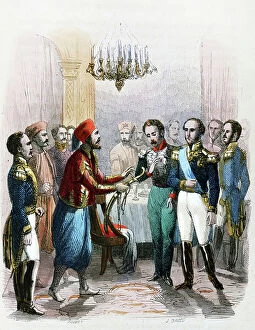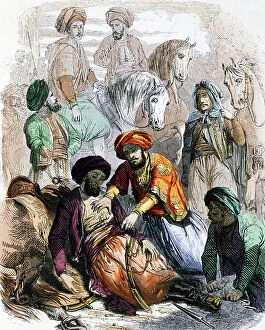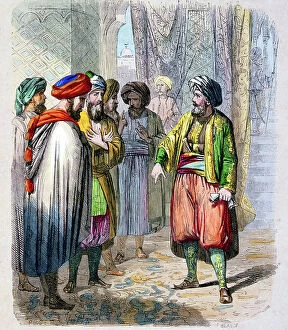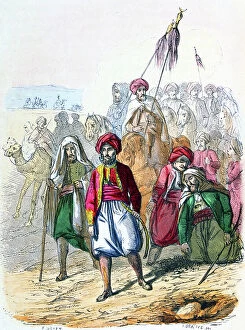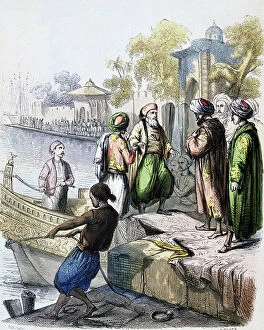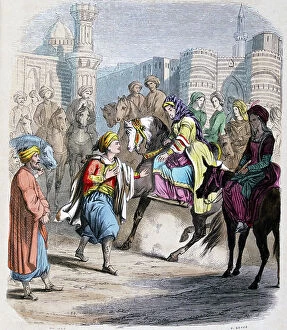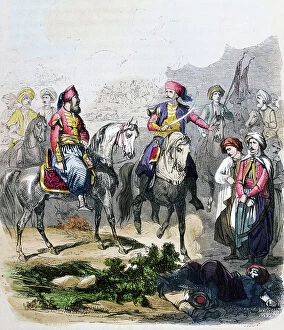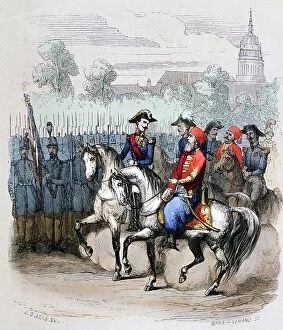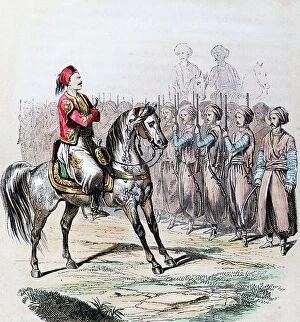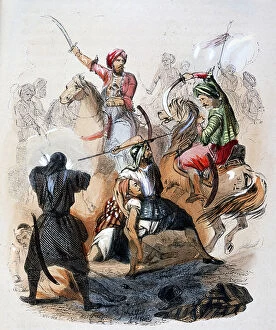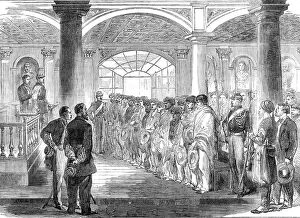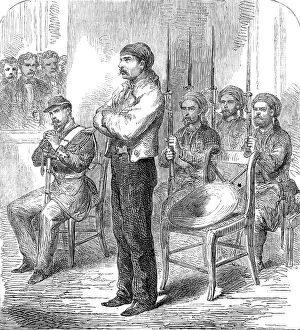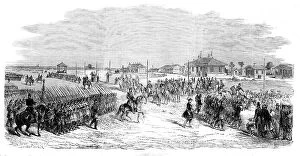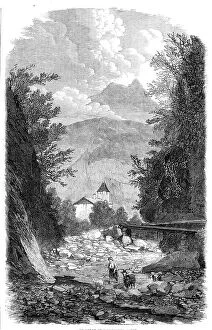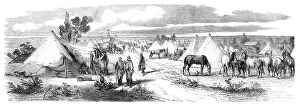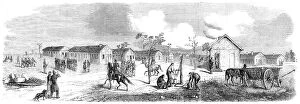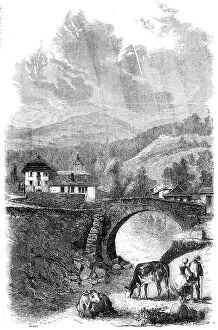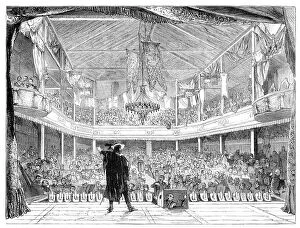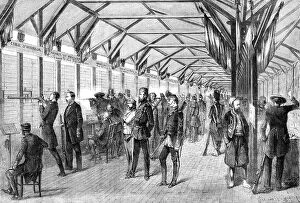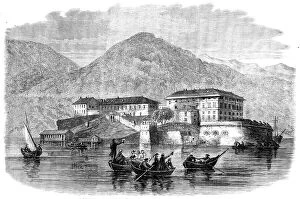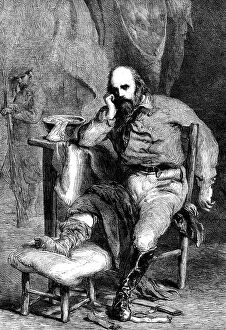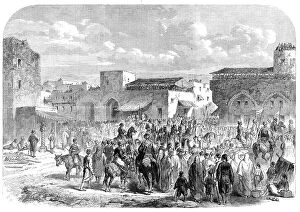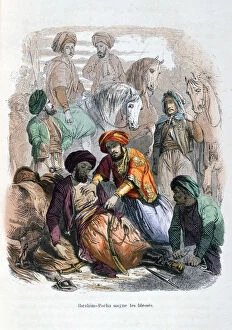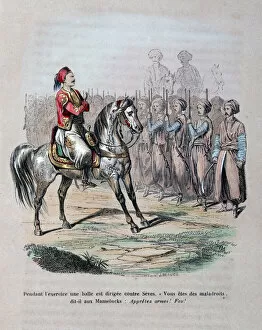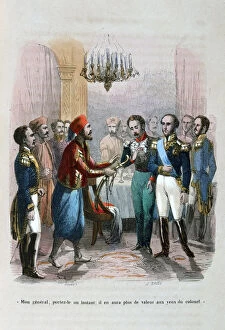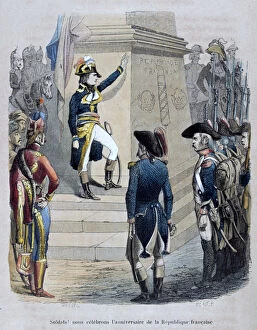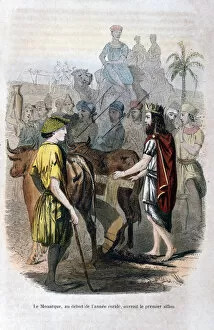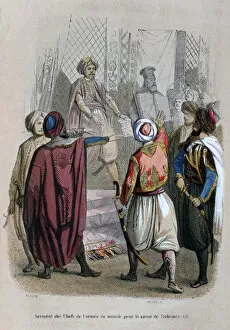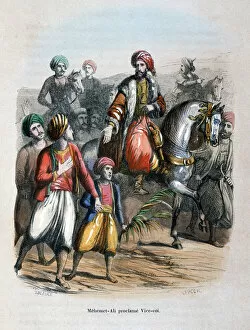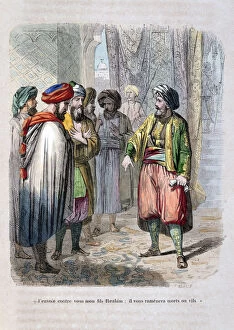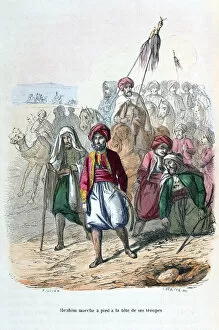Jean Adolphe Beauce Collection
Jean Adolphe Beauce, a talented artist of the 19th century, captured significant historical moments through his captivating artworks
For sale as Licensed Images
Choose your image, Select your licence and Download the media
Jean Adolphe Beauce, a talented artist of the 19th century, captured significant historical moments through his captivating artworks. In his painting "Battle of Nezib, " he vividly portrays the intensity and chaos of the conflict that took place in 1839. The bravery and determination of Ibrahim Pasha fighting against the Wahabis in Saudi Arabia from 1811 to 1818 are beautifully depicted by Beauce in another masterpiece. Beauce's attention to detail is evident in "Ibrahim Pasha Looking after the Wounded. " This poignant artwork showcases Ibrahim Pasha's compassion as he tends to those injured during battle. In "M Vaissiere announces the victory of Ibrahim Pasha to Mehmet Ali, " Beauce captures a momentous occasion where triumph is shared with great joy. The portrait titled "Suleiman Pasha" showcases Beauce's ability to capture not only military figures but also their personalities and commanding presence. Another intriguing piece, "Meeting between Ibrahim Pacha and Colonel Faudoa, " transports us back to Egypt in 1828, illustrating an important encounter between two influential individuals. In his painting titled "Military Review with Ibrahim Pacha, " we see a glimpse into a grand event held at Champ de Mars in Paris around 1846. It highlights both the admiration for Ibrahim Pacha and France's fascination with Egyptian culture during that time. Beauce also delves into political events such as "Mahomet Ali Arriving in Constantinople. " This artwork depicts Mahomet Ali's arrival, symbolizing power dynamics within Ottoman Empire politics. Additionally, Beauce explores Napoleon Bonaparte's expedition through his work titled "Napoleon in Egypt. " In capturing everyday life, Beauce presents scenes like Abdullah being received by Ibrahim Pasha inside a tent—an intimate portrayal showcasing cultural exchanges during this period. His print from 19th Century Egypt offers glimpses into daily life during that era.

